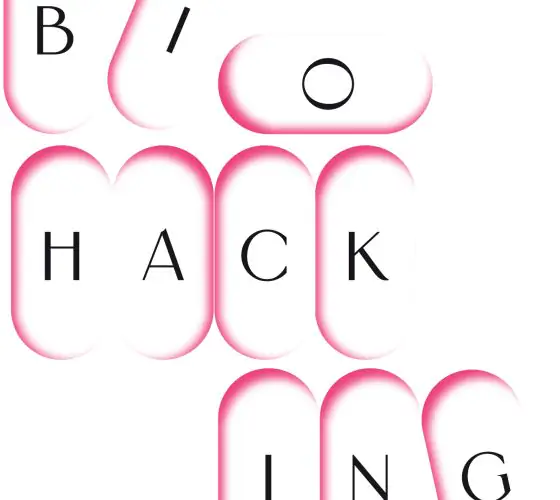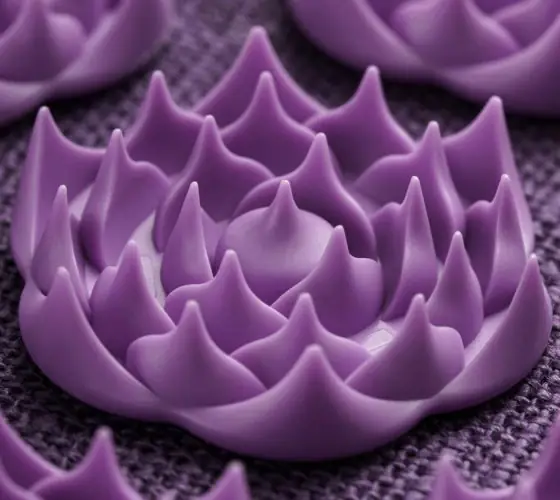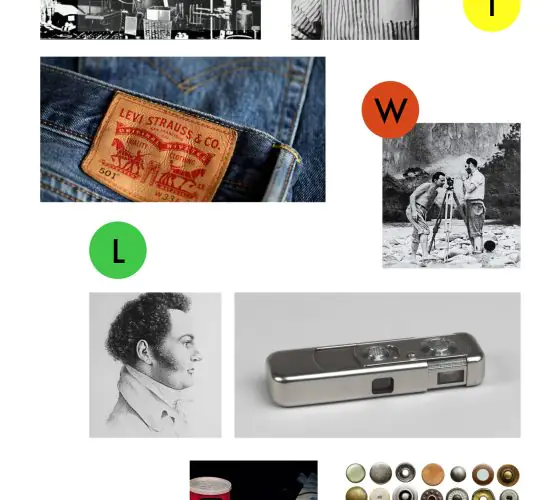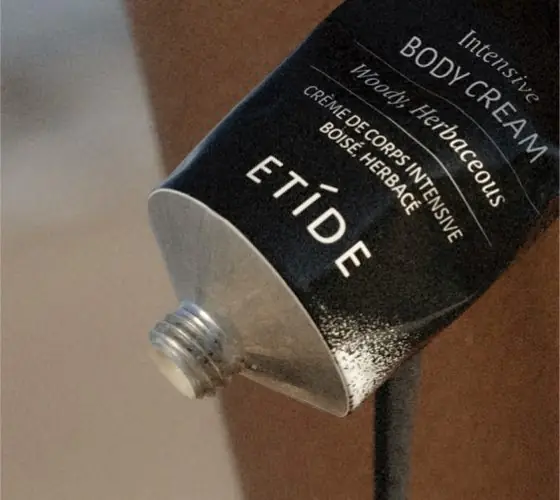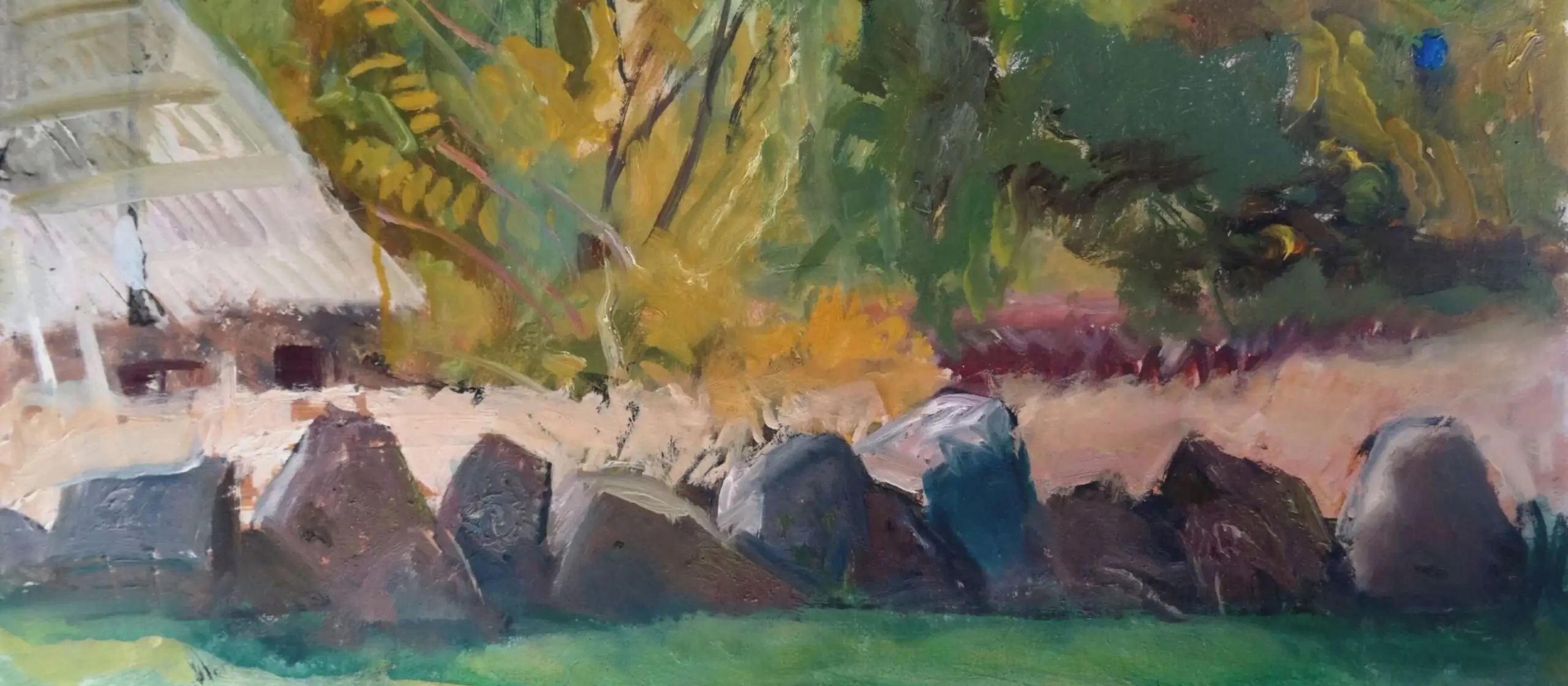
1943, Leningrad. Two years under the siege. A soldier holds the hand of an exhausted boy of five. Very soon we will see this boy somewhere in Ural, much stronger and smiling to his grandparents. The soldier saved boy’s life, but the soldier was saved, too – by the boy’s mother, a surgeon.
The boy will remember this period vividly and for long. Later, when he became a renowned artist, he often spoke about it with journalists. Born outside Latvia, Arthur Nikitin found himself here in 1947: Dr Pauls Stradiņš, the founder of clinical oncology in Latvia, invited his mother-surgeon here.
From Scalpel to Brush
Arthur Nikitin started his studies at the Riga Medical College but graduated from the Latvian Academy of Arts, majoring in graphics.
He had been drawing since the very childhood: marble statues, ships and the grand bridges of St. Petersburg fascinated him most of all. It was his passion – transferring the world of stone to paper. For four years Nikitin studied at the medical school, but even there devoted all his free time to drawing. It was the time when he would make portrait of his every single classmate. Ever since, his love for the portraits never faded, and today he has more than 10,000 portraits in his collection.
At the age of 20 he started participating in exhibitions, and soon after became a member of the Latvian Union of Artists, a professor and a respected lecturer. Now Nikitin’s works can be seen in the Latvian National Museum of Art, in three major museums in Russia and in private collections around the world.
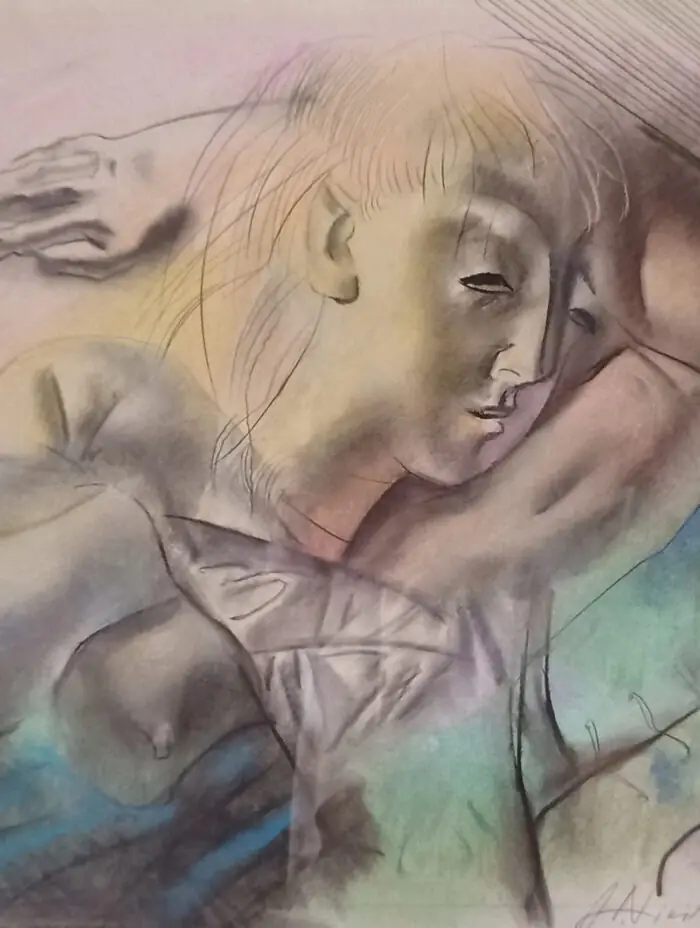
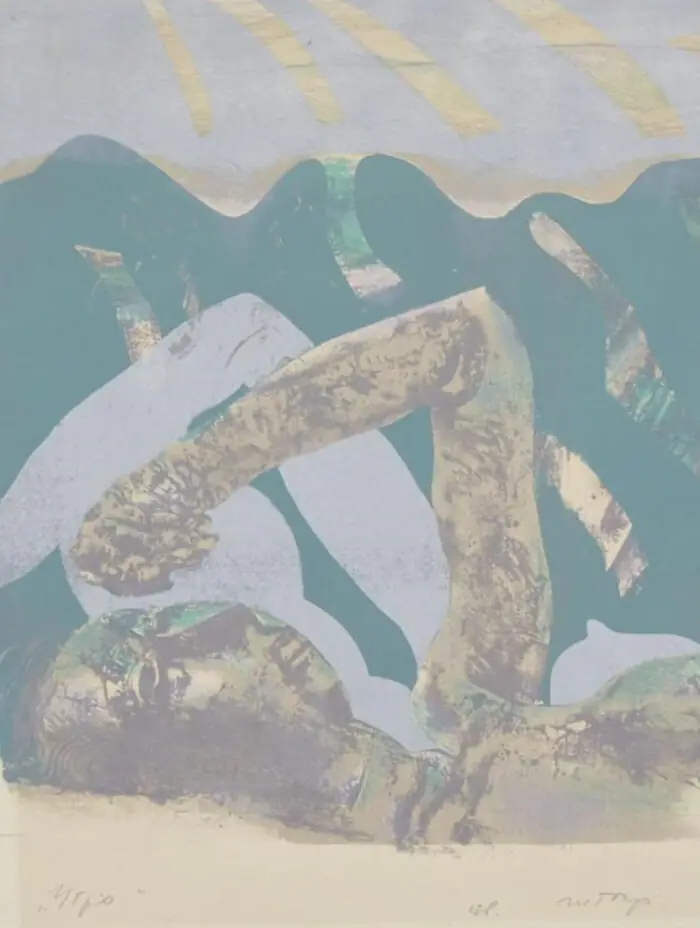
No less than a painter, he is known as a sculptor, designer, illustrator and graphic artist. At the same time, he is “hooligan in art” (and in life, as those close to him often said). The endless darting from style to style could be seen as his creative philosophy. He liked to say that an artist who works in only one style (only in realism or abstraction, for example) is not very interesting.
Nikitin loved abstract art with all his soul. In fact, he was one of the first in Latvia to experiment in this field. Painting things which can never be described in reality was what drew him to the genre.
“Close your eyes and imagine a plane, doesn’t matter what kind: canvas, paper, or wall. Next, take your first step – draw. Use charcoal, chalk, or whatever, but with your eyes closed“
This is how abstractionist’s work should begin and this is what he taught his students. Abstraction is born out of pure chaos, the moment when control of the mind is lost and the hands simply carry signals from the unconscious.
Most of his work indeed started with this chaos.
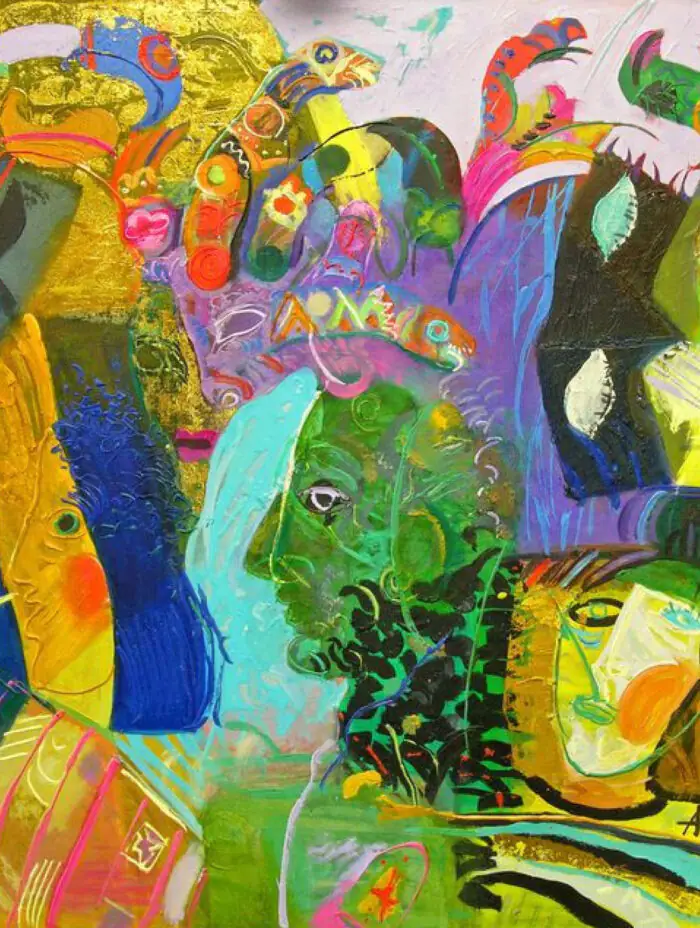
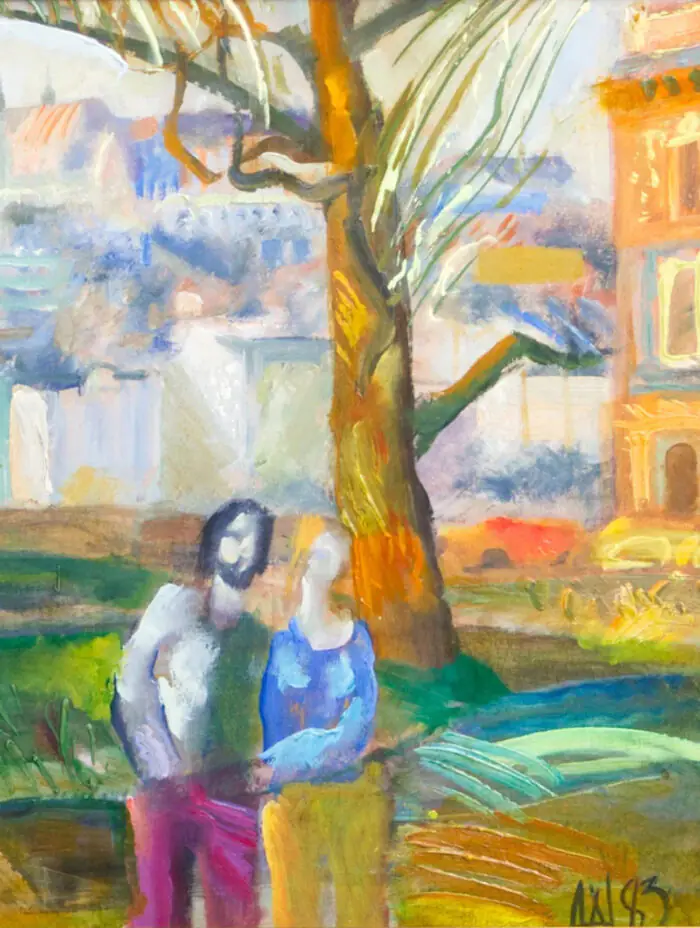
A Rebel
“He is like the ocean – with tides, storms, tornadoes, breezes, incredible depths, alongside staggering peace and silence”, said his wife and eternal muse Tata. His troublemaker soul manifested itself not only in creativity. Even as a child, he fought often and for real, but with one rule: never beat the lying one.
Understanding and accepting his nature, he called himself a “man with a nuclear pulse”. In reality, this was not just a metaphor: his younger years saw more than one war, the first space expeditions and the invention of atomic weapons. The only weapons for him, despite all this, remained art and optimism. His student, artist and poet Vladimir Novikov, once said: “Nikitin taught us to look very deeply at colour – his was always rich, unexpected, but always positive, no matter what he depicted”.
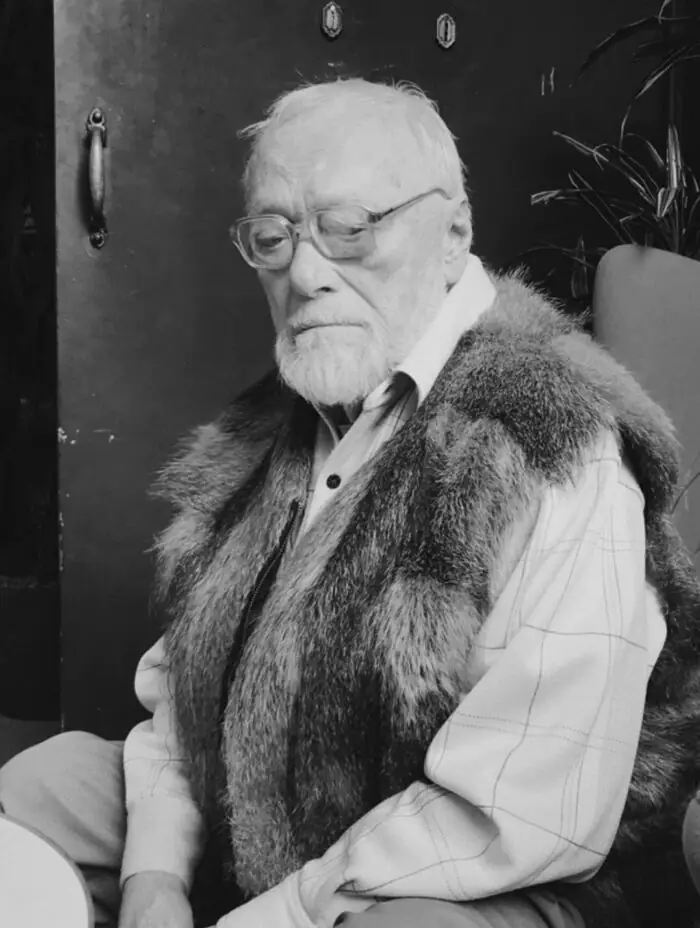
freecity.lv

freecity.lv
Portrait and Colour
Of all possible colors, Nikitin admired the color of the human face most of all: “No matter how beautiful an apple and an orange are”, he once declared, “the skin is where the infinite color systems reside. To convey the shimmers of skin is something truly incredible”.
“If you are stupid, you won’t be able to make portraits“
With this expressive phrase (very common for the artist), Nikitin wanted to say that a portraitist must also be a good psychologist. He saw a mystery in every person and dared to try to reveal it through his works. He realised that his portraits were perhaps one of his greatest achievements. He compared their importance only with the “portraits” of cities, witnesses of all past epochs”. Here Old Riga remained his greatest inspiration.

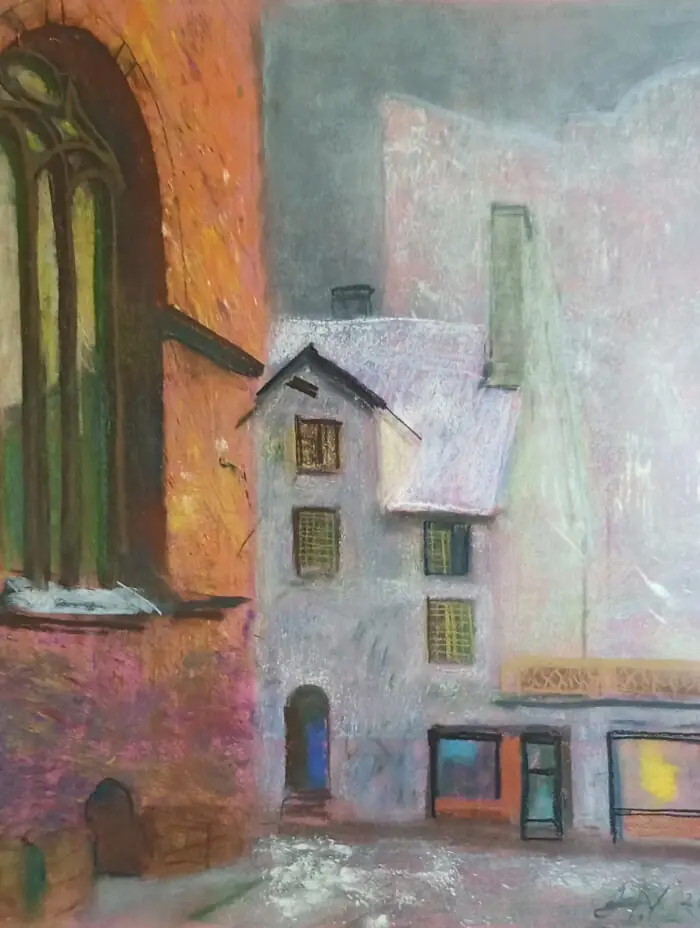
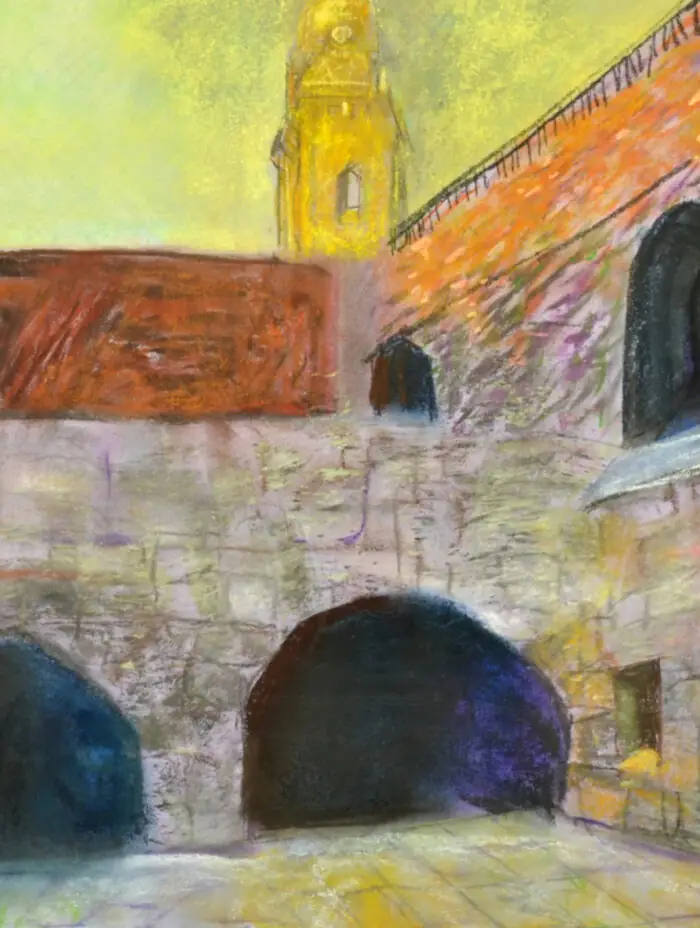
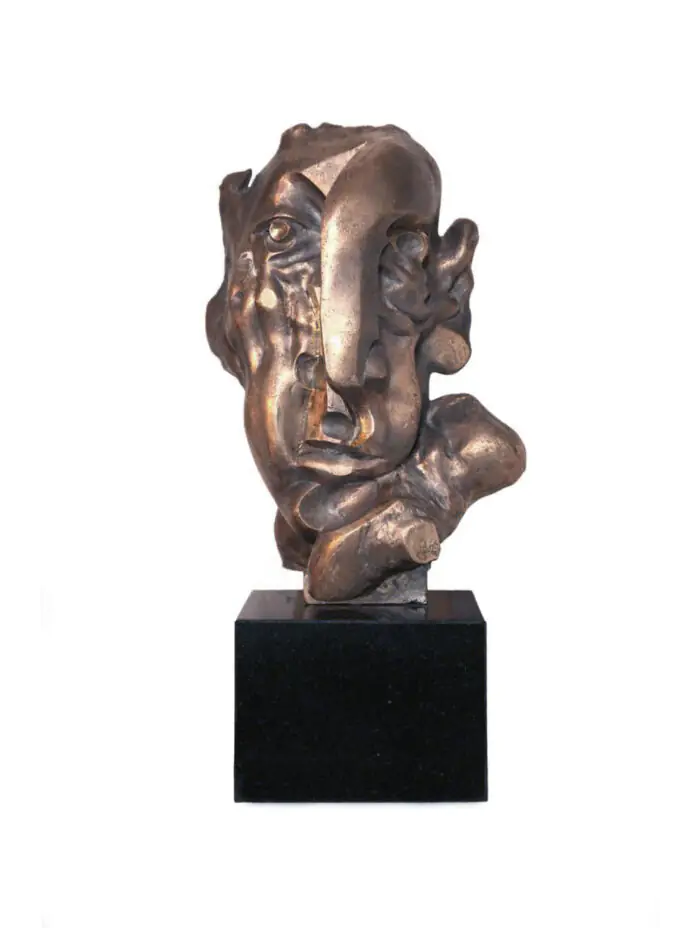
The majority of his sculptures also speak of time. With them he truly created magic. From different, literally different points of view (depending on where you stand and where you direct your gaze), his sculptures reveal a range of different emotions. In just one sculpture he combines two or three of the strongest and most frequent states for a model – created so-called “multi-faceted image”. He kept saying that with portraits everything is always very difficult, but still created them most often – with skill and a deep psychologism.
Smaller Works
Nikitin’s love for reading and interpreter’s skill allowed him to illustrate classics. From lithographs for Pushkin’s fairy tales and ‘The Master and Margarita’ to etchings (metal engravings) with miniatures on Wilde and Kuprin.
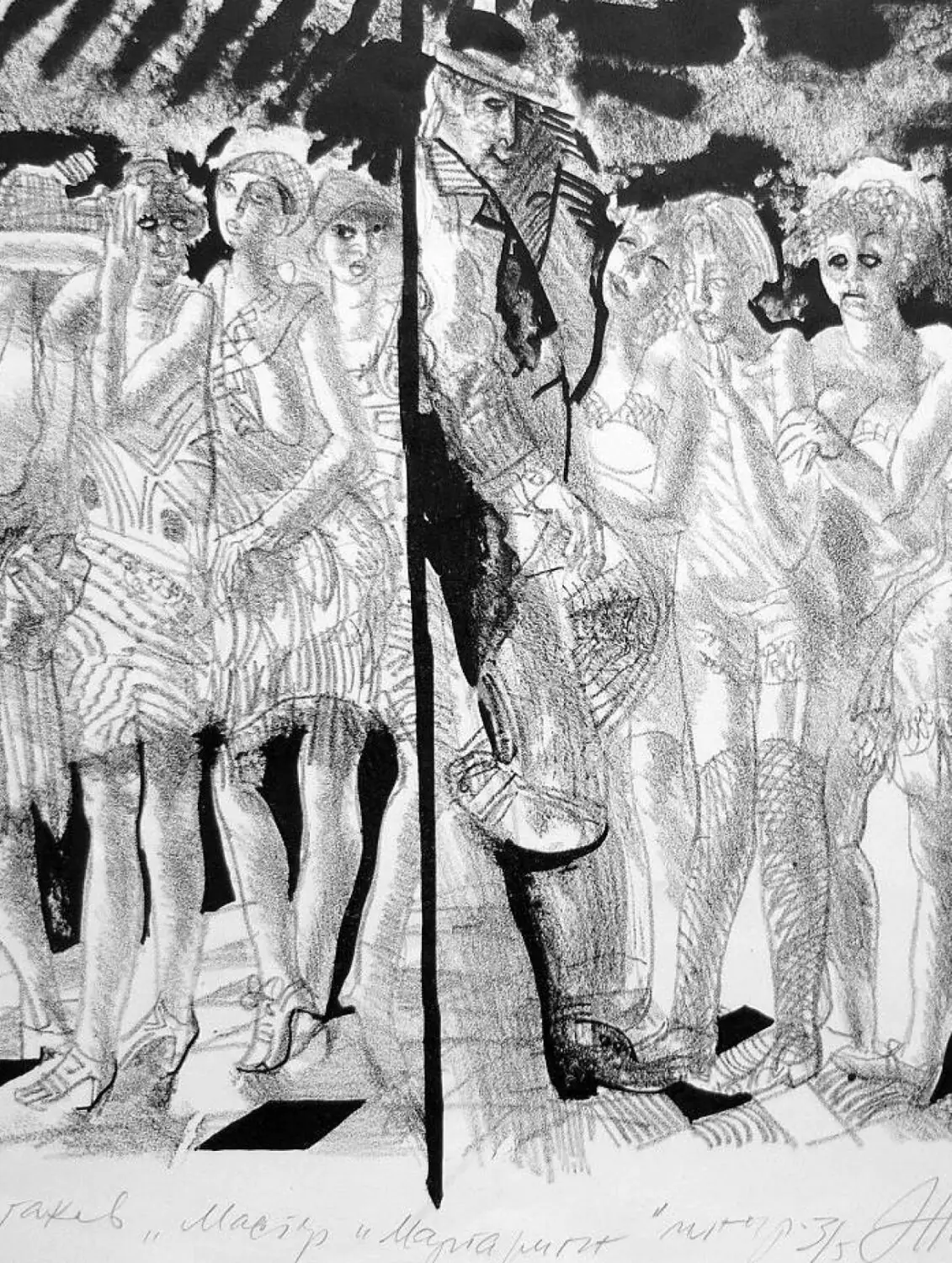
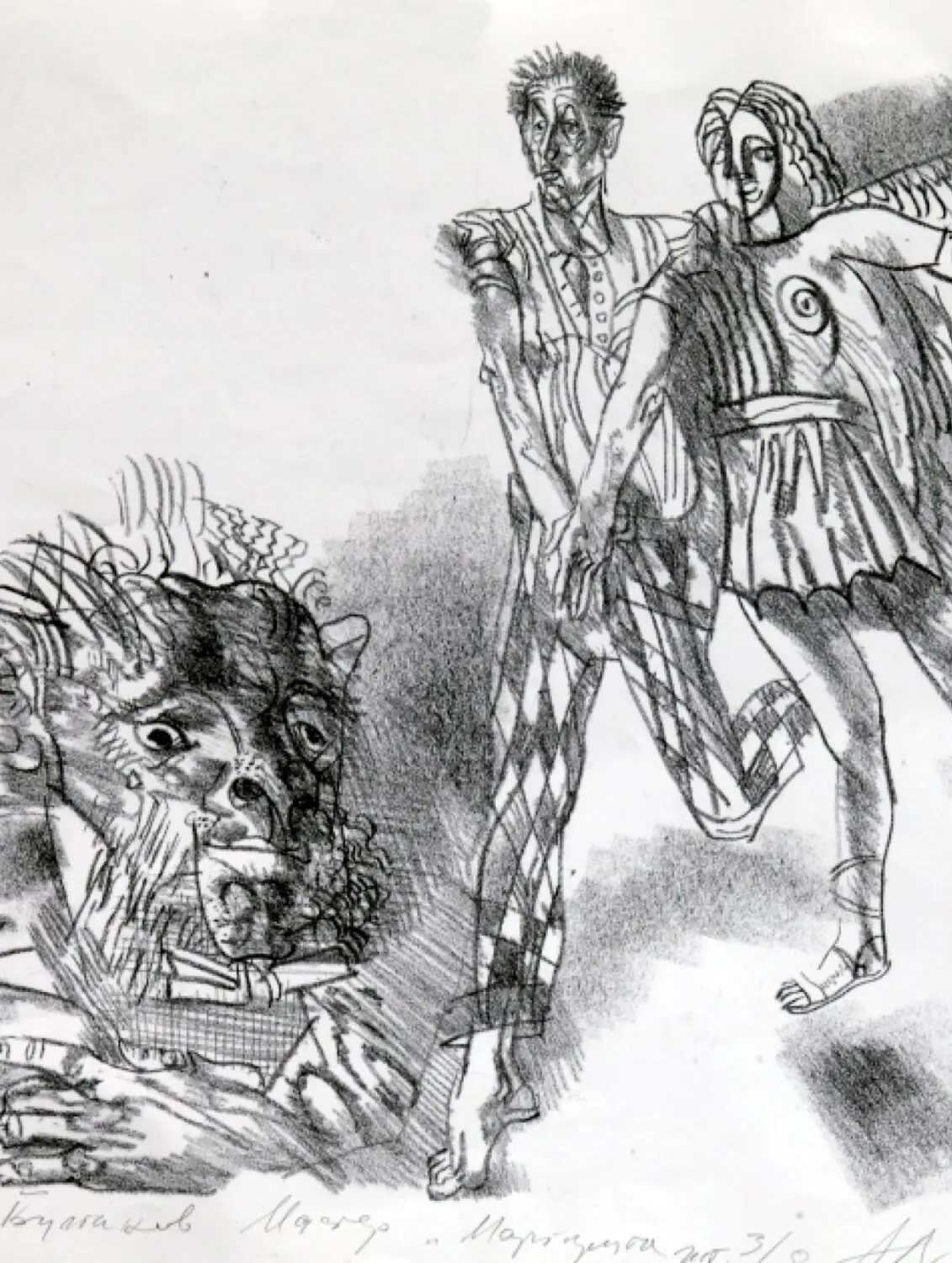
Draw Me a Melody
Living in the fine arts, he bowed to the art of sound. He considered music an essential human need and said that it often saved him in moments of utter despair and sadness. As a token of gratitude, he painted music. His jazz series – especially bright and “melodic” – is one of the best examples.
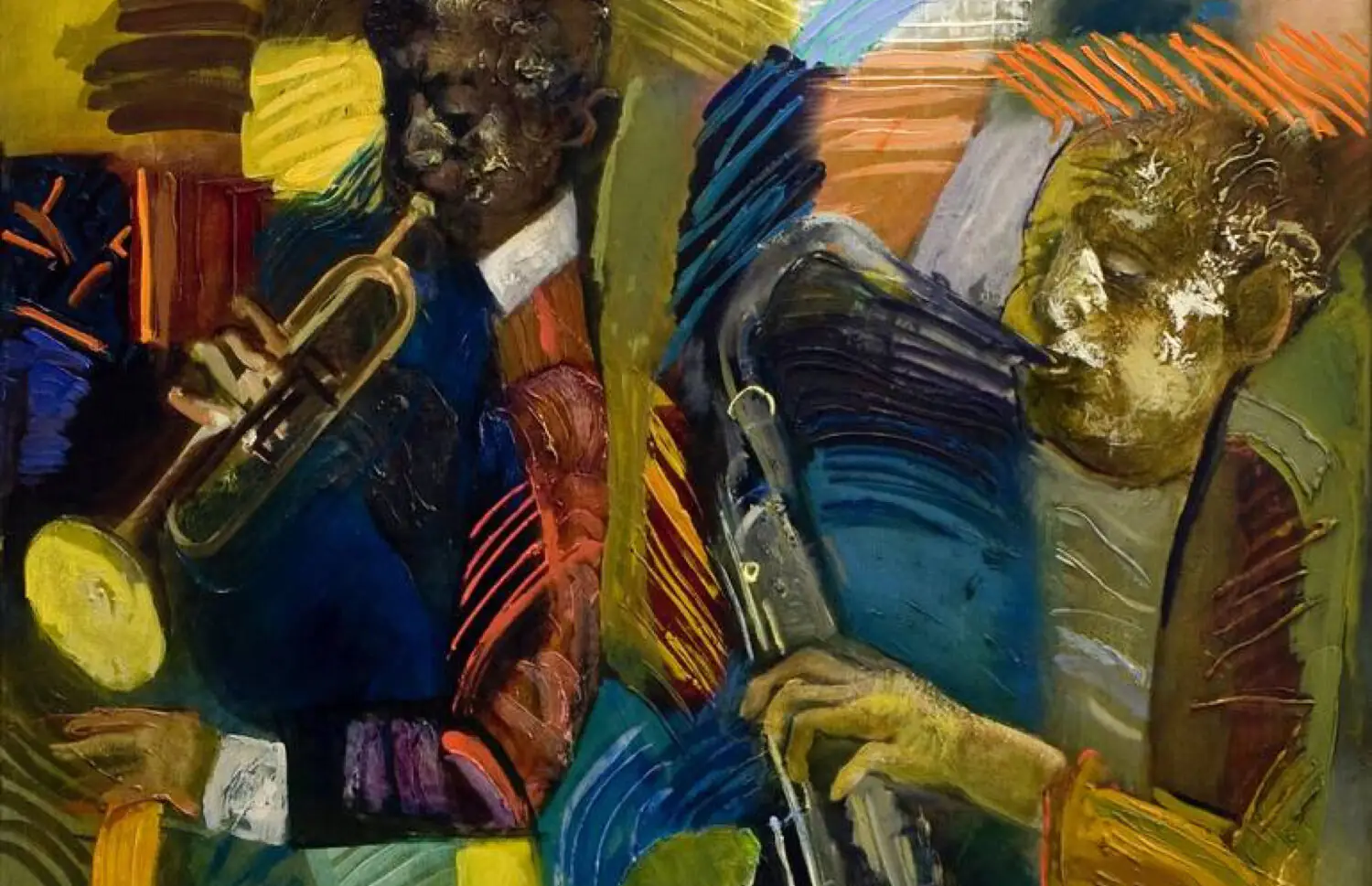
His Tata

“She was a complete redhead. Like a carrot with a huge amount of freckles”
When he first saw her, he declared: “Tatka, you’ll be my wife, and that’s the end of the conversation. Redheads are redheads. Every red-haired person is a menace to society”.
It seems that this phrase alone contains all of Arthur’s love for Tata (for most, she was Tamara, but for him – always Tata). When they met, she was wearing a poisonously-lilac dress. Many years later, he would paint his most famous portrait of her: in a poisonously-lilac dress.
I am a Free Man
This is how Nikitin named his collection of works, released in 2012. A statement that risked to characterize his creative life in general and his personality in particular.
Ten years later he passed away.

